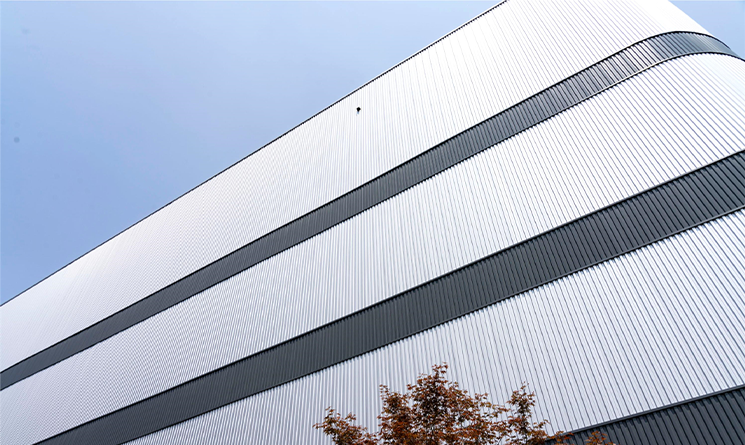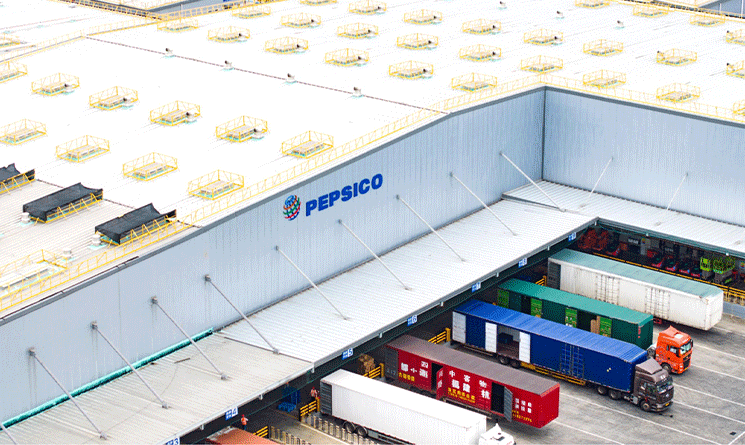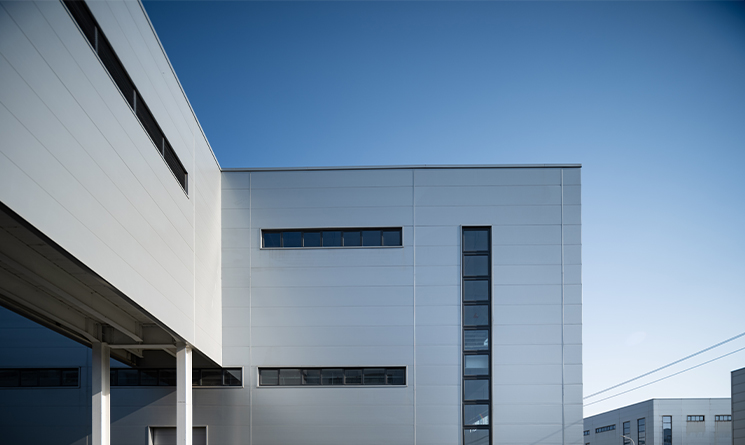Classification of roofing in industrial buildings
According to the type of industrial building roof can be divided into flat roof, slope roof, curved roof and multi-wave folding plate roof; According to the material can be divided into flexible roof, rigid roof, metal roof, glass roof and tile roof; According to the construction method, it can be divided into two types: site composite and assembly.
What is a fabricated roofing system
Different from the traditional composite roofing system on site, the prefabricated roofing system transfers a large number of on-site work to the factory, where the components and accessories are processed and transported to the construction site, and assembled and installed on site through reliable connection. The carbon emissions in the whole life cycle of material production, construction operation, building use, demolition and recycling are far less than those of traditional roofing systems.
What are the advantages of prefabricated roofing systems
Prefabricated roofing systems, which are factory prefabricated components of standardized design, offer several significant advantages over on-site composite roofing systems.
Reduce human losses to save labor costs. Pre-installation is completed in the workshop before construction to avoid human losses caused by unskilled construction personnel; Only a small amount of labor is needed on site, which effectively saves labor cost.
Continuous factory production effectively shortens the construction period. Factory prefabricated components with uniform modulus can be manufactured at the same time as planning and design, and the delivery cycle is short. It is a real quick construction system.
Avoid material waste and reduce construction waste. Traditional on-site roofing requires wet work, resulting in material waste and construction waste, while dry fabricated roofing does not exist such a problem.
Green building materials standards closely follow the dual carbon target. The form includes prefabricated concrete structure, steel structure, modern wood structure and other recyclable materials. The carbon emission of the whole life cycle is much smaller than that of the traditional roof, which is a kind of green building materials.
Note: Comparison of carbon emissions of prefabricated housing and traditional housing, data from Baidu Baike
Can flexible roofs be factory fabricated?
Any kind of material or technology applied in roofing has its particularity, such as: the site composite roofing waterproof effect is first-class but the process is various and the construction period is long, the assembly roofing process is simple and the construction period is compact, the waterproof effect is slightly inferior. This also put forward new requirements for the development of waterproof materials and technology.
So is there such a roofing system that has the economy of prefabricated metal roofing, while having strong waterproof and thermal insulation properties? BiTOP® prefabricated membrane roof systems, the latest patented product of mastercard, is a prefabricated building material product with the advantages of different materials. It is a standard prefabricated part from the factory assembly line, which can be produced continuously on a large scale. Its rigid and flexible product design concept coincides with the Chinese waterproof wisdom since the millennium.
From single-layer to multi-layer, from basic materials to a variety of novel materials, the jump in the core of material technology promotes the rapid development of the construction industry, and more and more fast, more environmentally friendly, more and more economic material technology also makes the construction refinement within reach.
Carbon road
Under the background of double carbon target, all industries are facing severe pressure of energy conservation and emission reduction. With its standardized design, factory production, assembly construction, information management and intelligent application, assembly roof has become a representative of modern industrial production mode, which provides a good beginning for the fine development of buildings to save energy and reduce emissions.
Mastercard has been promoting green buildings for more than 40 years, including prefabricated buildings, steel structures, photovoltaic roofing and insulation materials. In recent years, following the double carbon goal, a series of prefabricated steel roofing has been introduced, which not only reduces the carbon emissions in the production and construction process, but also effectively reduces the carbon emissions in the use, recycling and demolition of the building. In the future, with the increase of application practice, the fabricated roof will become more and more mature, providing a solid force for the fine development of the construction industry and the realization of the double carbon target.
















































